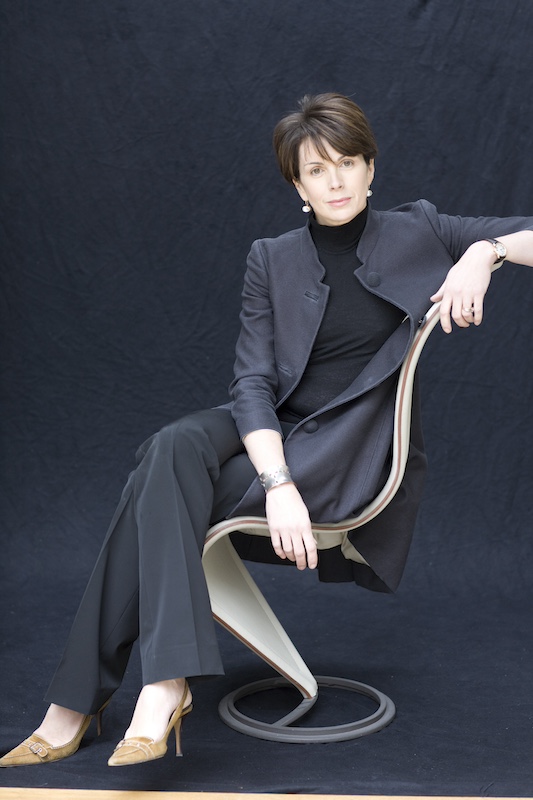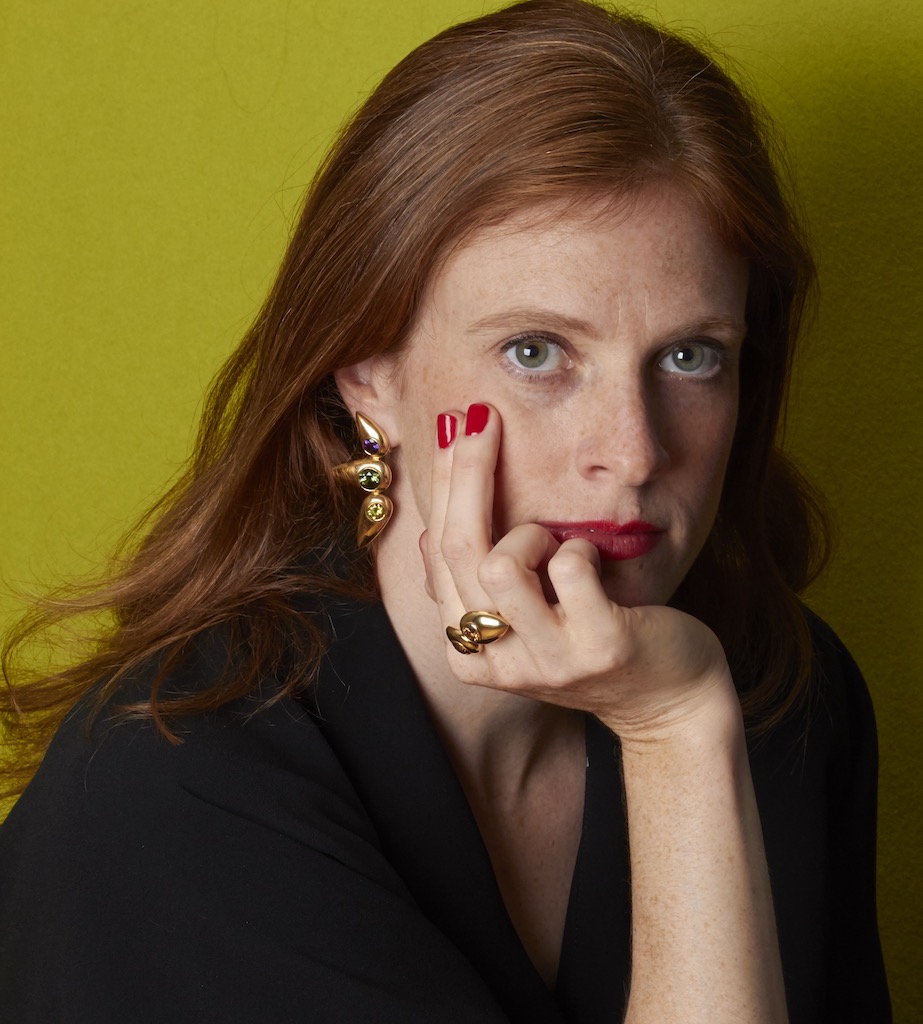

Interview Cultural Agenda Founder and CEO Davina Mallinckrodt
THE WICK: You’ve just been appointed Vice Chair of the Design Museum. Where did your passion for design come from?
Davina Mallinckrodt:
I was drawn into communications early in my career. My mother was an interior designer (my sister works very successfully in this field with her own business) and I have always had a strong interest in both the decorative and performing arts. So focusing on this area seemed a natural place to be.
I love factories and workshops. The reality of following something from an idea to a practical (often but not exclusively!) “product” is exciting. Design is such a wide term. Design influences so much of what we experience in life and, at its best, is truly life enhancing.
DM:
The museum was the brainchild of Sir Terence Conran, a man I knew and greatly admired for his creativity but also his commercial intelligence. I became involved in the museum about 15 years ago, joined the Curatorial Committee and was appointed to the board in 2018. The combination of a young and agile museum, that strives to both excite, educate and engage its subject on all levels, is important. Our audiences are remarkable and the museum has gone from strength to strength since moving into our home at the old “Commonwealth Institute” in Kensington some years ago.
The concept of “Common Wealth” seems most apt in the context of design and I am passionate about engaging a new generation of young in the possibilities of a future where they are actively working in design. Our museum is a fantastic educator and stimulant for this – our audiences of schools are amazing. It hums every day with young people. A total joy.
TW: You founded Cultural Agenda, working with leading international design companies globally like Alessi, Boffi, Cappellini, Cassina, Artemide, and more. What drove you to create this communications agency?
DM:
In the 1990’s I built my first business in partnership, going on to executive produce short documentary films and corporate content. It was early days for this. In 1995 I undertook the communications and marketing for the British Interior Design Exhibition.
From 1997 I focused in on pure design – I had the privilege of working with Giulio Cappellini – doing communications in English-speaking markets (US and UK). I launched Cappellini’s’ first international flagship store in New York. Really Giulio was the leading talent spotter and gave a platform to a generation of new design talent – propelling many of them into international “stardom”.
The Italians did it so well, with some of the most fascinating archives and history of working with the worlds most influential design proponents – as I love Italy, its history and culture, it seemed the most natural thing in the world to collaborate with companies like Alessi, Boffi, Bisazza, etc – who combined innovative technical industrial skills with a true philosophy of creativity and culture. Design is respected as inherently cultural in Italy and I wanted to reflect this level of passion and cultural authenticity in the UK.
TW: How do you see the relationship between philanthropy and the cultural sectors evolving in the next decade and how do you want to see the role of the museum change within community? Why is cultural capital important?
DM:
Those are interesting questions, and I think they are inherently linked. Culture is the sum of our society – the nurturing of our combined spirit and vital for our future, both emotionally and commercially. So the understanding that cultural capital is not an “add on” or “nice to have” is crucial at all levels. It drives a vibrant and striving economy from which we all benefit. We are good at it here in the UK – it is worth billions of pounds to the country and we need to nurture and sustain that.
We are lucky to have a government in the UK that actively supports the arts and culture sector. But that is not enough. Engagement from business, from the commercial sector and from individuals is vital to the survival of this ecosystem. To grow active philanthropy requires, in my opinion, a slight change of perspective here in the UK. From something that is seen as just “generous”, into something that we feel impelled (not compelled) to do because of the huge impact it has on society as a whole – that we are contributing to wider society and to the the access for all.









